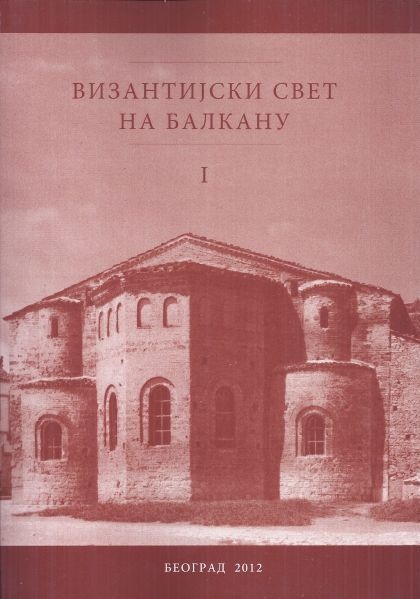Брачне одредбе Жичке повеље између црквеног и народног концепта брака
The Marriage Provisions in the Charter of the Žiča Monastery Between the Church and the Popular Concept of Marriage
Author(s): Stanoje Bojanin
Subject(s): Social history, 6th to 12th Centuries, 13th to 14th Centuries, Eastern Orthodoxy
Published by: Vizantološki institut SANU
Summary/Abstract: The marriage provisions of the second charter of the Žiča monastery issued by King Stefan the First-Crowned and his son Radoslav (around the middle of the 1220s) are considered as a source for the research of the existing models of marriage in the society of medieval Serbia. Two of them could be recognized as primary models (according to George Duby) — the church and official model of marriage, prescribed in the royal charter and the popular or lay one, deeply rooted in the traditional medieval society. The intention of the legislator was to conform the existing lay marriage traditions to the basic concepts of church marriage introducing the idea of a lifelong indissoluble marriage according to the New Testament (Matt. 5: 32 and 19: 9). For this reason, fines were prescribed as well as the threat of excommunication for the person who would persist in his/her decision to divorce or leave his/her spouse.
Nevertheless, local customs can be recognized in many places in the royal charter, mainly in relation to age and gender differences. The marriage was an agreement of two families, the bride was given to her groom by her father, but the father could also break up the marriage and take his daughter back to his home. Instead of data about the church rite of a wedding (“venčanje”), the charter of the Žiča monastery contains terms, such as “take”, “leave”, “let go” and suchlike which describe the popular and lay concept of marriage. The influences of local traditions on the legislator are also recognizable in a provision which declares that the wife, who has left her husband without the support of her parents or family, ought to be punished with corporal punishment by her husband if she is not able to pay a fine. In this case, the husband is also allowed to dissolve the marriage and “sell” his wife to “anybody he wants”.
The issue of forbidden marriages is documented only in the prohibition of marriage with the sister-in-law. This issue is closely connected with the matter of kinship which is considered in this essay in the context of the existing different methods for the calculation of kinship (Jack Goody): one according to degree (“stepen”) and another to generation (“koleno”, knee). Those systems are clearly noticeable in the sources of the time, if not in the charter then in the glosses of the contemporary Old Slavonic translation of the Nomokanon done through the efforts of St. Sava of Serbia.
Anyway, the popular and lay model of marriage designated in other contemporary sources as “the law” (in Domentian’s writings) or “marriage law” (in the writings of King Stefan the First-Crowned) represented a system which was incorporated in diverse social relations of the lay and popular culture. The provisions of the charter of the Žiča monastery give evidence of the intertwinement and cohabitation of the said models of marriage in the social life of individuals and communities in Serbia at the beginning of the XIII century.
Book: Византијски свет на Балкану I-II
- Page Range: 425-442
- Page Count: 18
- Publication Year: 2012
- Language: Serbian
- Content File-PDF

